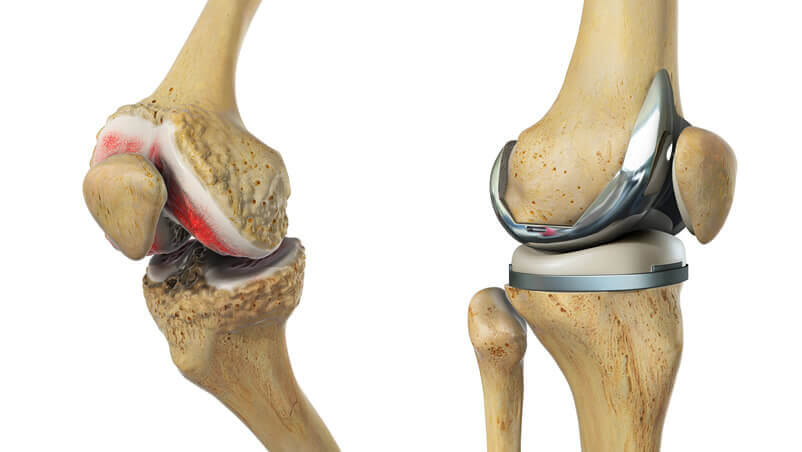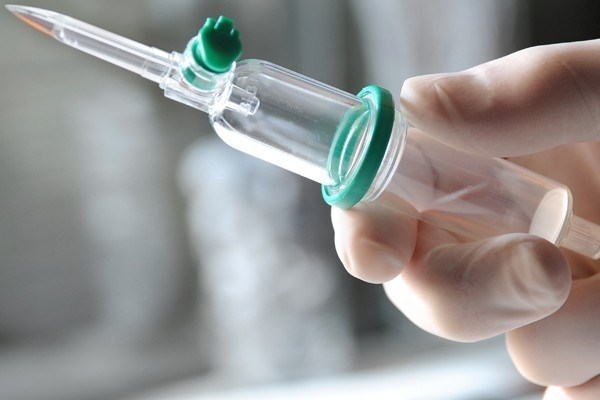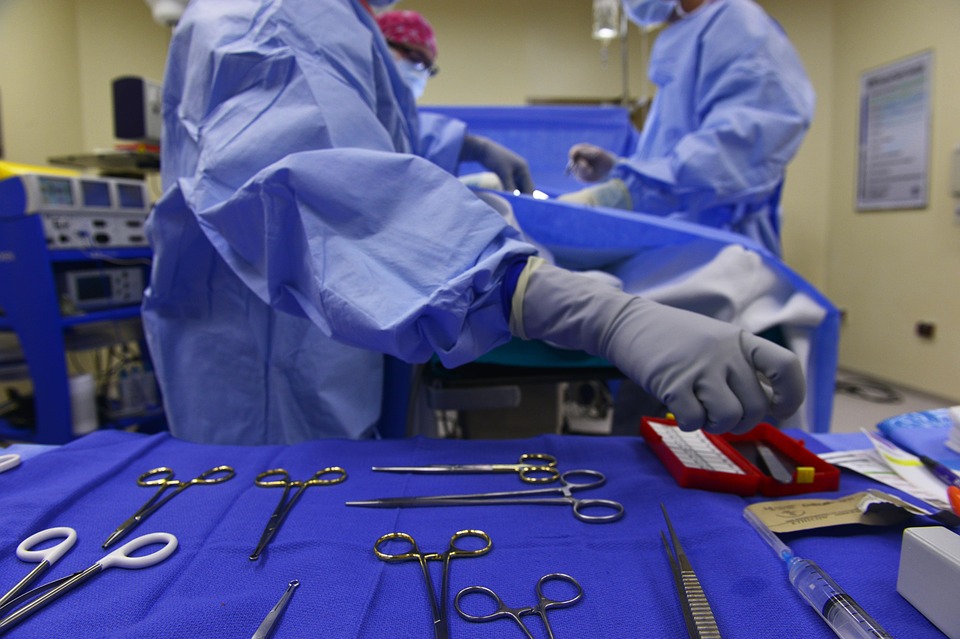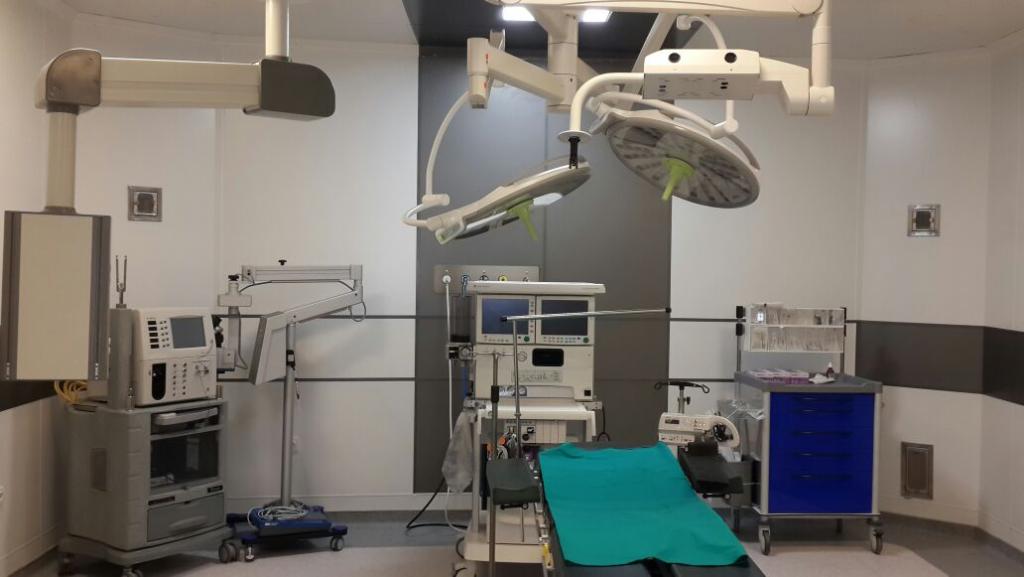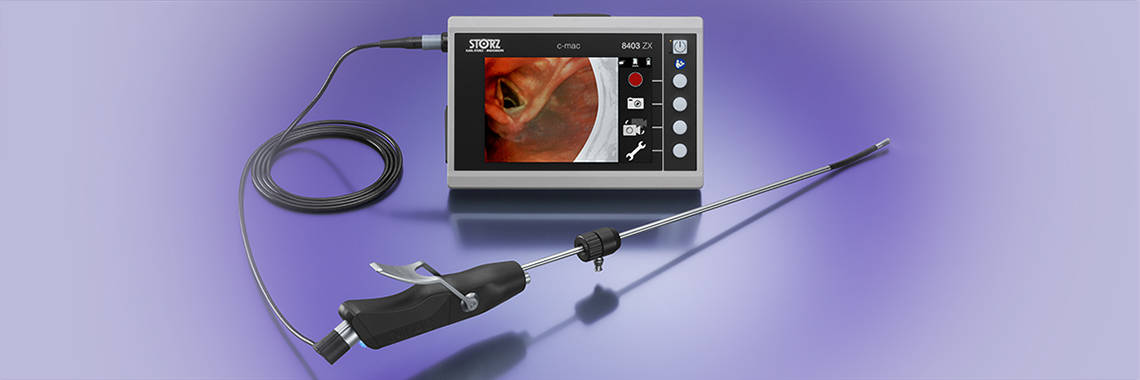Knee implants are artificial bone and cartilage used in knee implantation that mimics the motion of a normal knee. These implant designs recognize the complexity of the joint. They are used to replace the damaged part of the knee during arthroplasty, a surgical procedure for knee implantation. They are made up of metal alloys, ceramic materials or strong plastic. Several orthopedic companies produce different types of implants used in knee replacement.
Growing Demand for Knee Replacement Procedures in Emerging Countries Such as China and India are Anticipated to Provide Opportunities for the Companies in the Knee Implant Market
The increase in geriatric population and rise in the population suffering from medical conditions including arthritis and osteoporosis are the major factors driving the global knee implant market. A large part of the population suffers from joint pains and other orthopedic conditions. Knee pain is one of the common complaints among the elderly population. It is the symptom of various medical conditions including osteoporosis, osteoarthritis and rheumatoid arthritis. Furthermore, increasing awareness about arthroplasty among patients and growing biocompatibility and durability of implants due to advancements in technology are some factors contributing to the growth of the global knee implant market. Additionally, factors such as growing investment by the major healthcare companies and the increasing number of initiatives by the government for improving healthcare scenario are also contributing to the growth of knee implant market. However, the high cost of knee implants and procedures are hampering the growth of the global knee implant market.
The Hospital Segment Among the End Users Dominated the Market with High Share in the Global Knee Implant Market
The global knee implant market is segmented based on procedure, component and end-user. The procedure segment is further categorized into total knee replacement, partial knee replacement and revision knee replacement. Total knee replacement procedure accounted for the largest share in the global knee implant market owing to its less complexity and high demand from professionals practicing the procedure. Based on components, the global knee implant market is further segmented into fixed-bearing prosthesis and mobile-bearing prosthesis. The end user segment is further classified into hospitals, orthopedic clinics and ambulatory surgical centers. The domination of the hospital segment is attributed to growing preference to hospitals for surgeries and increasing investment in hospitals.
North America Region Dominated the Global Knee Implant Market, Accounting for the Largest Share in the Market
Based on geography, the global knee implant market is divided into four major regions namely, North America, Europe, Asia-Pacific, and the Rest of the World. The large share of the region attributed to the increase in the geriatric population, availability of advanced technology, improved healthcare infrastructure and high awareness regarding knee replacement procedures. On the other hand, the knee implant market in the Asia Pacific region is anticipated to register the highest rate of growth. The fastest growth of the market in this region attributes to large population base suffering from severe knee pain, growing investment in the healthcare sector and the increasing number of government initiatives to improve health of the population.
The Major Healthcare Companies Are Opting for Mergers and Acquisitions Strategies to Increase their Sales
The global knee implant market is fragmented as many small-size companies compete with large size companies. The major players in the global knee implant market are B. Braun Melsungen, Arthrex GmbH, Johnson & Johnson, Smith & Nephew PLC., Stryker and Zimmer Biomet; Corin Group, DePuy Synthes Companies, MicroPort Scientific Corporation, DJO Global and Exatech India Pvt Ltd. are among the other players. The latest acquisition in the market was witnessed during 2016 when Johnson and Johnson acquired DePuy.
For More Details@ https://bit.ly/2OjvWll
